In the ever-evolving landscape of artificial intelligence and robotics, a groundbreaking development has emerged to redefine the boundaries between humans and machines. OpenAI, a trailblazer in the AI domain, has unveiled what is hailed as the 'closest robot to a human being, ever', setting the stage for a revolutionary advancement in humanoid robotics. This remarkable creation not only embodies the pinnacle of AI-driven human mimicry but also positions itself as a formidable contender against Tesla's own humanoid, Optimus. This article delves into the unveiling of OpenAI's humanoid masterpiece, setting the scene for an epic showdown with Tesla's Optimus. We will explore the intricacies and technological marvels behind OpenAI's innovation, examine the head-to-head comparison with Optimus, and unveil how this leap forward transcends the uncanny valley, redefining human-robot interaction in ways previously thought to be in the realm of science fiction. Join us as we embark on a journey into the future, where artificial intelligence and robotics merge to create entities that challenge our preconceptions of what it means to be truly human-like.
- 1. Unveiling the Future: The Rise of OpenAI's Humanoid Masterpiece
- 2. The Ultimate Showdown: OpenAI's Creation versus Tesla's Optimus
- 3. Beyond the Uncanny Valley: How OpenAI's Innovation Redefines Human-Robot Interaction
1. Unveiling the Future: The Rise of OpenAI's Humanoid Masterpiece
In a spectacular exhibition of technological prowess, the world stands on the cusp of witnessing the unveiling of what is considered the most advanced humanoid robot yet, masterminded by OpenAI. This astonishing creation, representing the pinnacle of years of research and development in the fields of artificial intelligence and robotics, is poised to redefine our understanding of human-robot interaction. Unlike any of its predecessors, this OpenAI-powered humanoid is heralded as "the closest robot to a human being, ever," a claim that encapsulates not just its physical capabilities but its cognitive prowess as well.
The evolution of humanoid robots has been a journey of incremental advancements, with each iteration pushing the boundaries of what machines are capable of. However, OpenAI's latest offering is a quantum leap forward. It combines state-of-the-art robotics hardware with sophisticated AI algorithms inspired by human learning patterns, enabling it to perform tasks with a level of dexterity and problem-solving capacity that mirrors human abilities. What sets this humanoid apart is not just its ability to replicate human actions but its capacity for adaptive learning, making it capable of acquiring new skills in real-time and responding to dynamic environments in ways previously thought exclusive to human beings.
This breakthrough is grounded in OpenAI's extensive expertise in machine learning and natural language processing, illustrated by their earlier successes such as GPT (Generative Pre-trained Transformer) series, which revolutionized how machines understand and generate human-like text. By harnessing this knowledge and integrating it with robotic technology, OpenAI has created a humanoid that can not only understand and execute complex instructions but do so with a level of nuance and understanding that blurs the line between human and machine.
The implications of this innovation are profound, promising to usher in a new era of robotics where robots could serve as capable assistants in a wide range of settings, from industrial and medical applications to aiding in everyday household tasks. The vision outlined by OpenAI suggests a future where humanoid robots could work alongside humans, enhancing productivity and perhaps even addressing some of society's most challenging problems, such as labor shortages and providing support in care industries.
However, the unveiling of OpenAI's humanoid also sets the stage for an intriguing technological rivalry, particularly with Tesla's Optimus. Tesla, known for its disruptive innovations in the automotive and energy sectors, has also turned its sights on humanoid robotics. The competition between these two titans could propel the development of humanoid robots forward at an unprecedented pace, benefiting industries and consumers alike.
In essence, OpenAI's humanoid is not just a testament to the advances in robotics and artificial intelligence but a beacon for future innovations. It signals a transformative shift in the way humans interact with machines, moving us closer to a future where robots could become an integral part of everyday life. As we stand on the brink of this new era, the implications of such a future are vast, exciting, and, in some respects, still unfathomable. The unveiling of OpenAI's humanoid masterpiece isn't just an event; it's the dawn of a new chapter in human-robot relations.
2. The Ultimate Showdown: OpenAI's Creation versus Tesla's Optimus
In the rapidly evolving domain of robotics, two frontrunners have emerged, destined to face off in what can be described as the ultimate showdown of innovation: OpenAI's humanoid creation versus Tesla's Optimus. This contest is not just a battle of machinery; it represents a significant leap forward in the pursuit of creating robots that not only resemble humans but can perform tasks with a similar level of complexity and flexibility.
OpenAI, renowned for its groundbreaking work in artificial intelligence, has unveiled a humanoid that's been heralded as 'the closest robot to a human being, ever.' This claim doesn't arise merely from its physical design, which emulates the human form in remarkable detail, but from its cognitive abilities. Powered by some of the most advanced AI algorithms, OpenAI's humanoid boasts an ability to learn and adapt to its environment in ways that blur the lines between human and machine cognition.
On the other side of the ring stands Tesla's Optimus, a creation borne of Elon Musk's ambition to revolutionize the way robots integrate into society. Optimus is designed not just for efficiency and strength but with an emphasis on being able to perform complex tasks with a level of dexterity that rivals human capabilities. Tesla's foray into humanoid robotics underscores its belief in a future where robots assist in making life easier, safer, and more productive.
The showdown between OpenAI's humanoid and Tesla's Optimus is more than just a competition between two robots; it's a glimpse into the future of human-robot interaction. Both robots bring to the table innovative designs, remarkable artificial intelligence capabilities, and the potential to revolutionize industries ranging from manufacturing to healthcare.
One of the critical areas of comparison is adaptability. OpenAI's creation is touted for its learning capabilities, suggesting it can adapt to a wide array of tasks through exposure and reinforcement learning. Tesla's Optimus, meanwhile, is expected to leverage Tesla's vast experience in automation and AI from its automotive segment to execute precise and complex tasks in unpredictable environments.
Another key aspect of this showdown is the vision behind each creation. OpenAI aims to push the boundaries of AI and machine learning, crafting a robot that can learn and evolve, potentially offering insights into artificial general intelligence (AGI) in the future. Tesla, however, envisions a future where humanoid robots are ubiquitous, working alongside humans to perform laborious tasks, thus redefining the workforce landscape.
In the end, the showdown between OpenAI's humanoid and Tesla's Optimus is not just about which robot is more human-like or can perform better. It is a reflection of the strides humanity is making towards a future where robots could become an integral part of our daily lives, assisting in ways we've only imagined in science fiction. As these two titans of technology and innovation go head-to-head, we're not just witnessing a battle of robots; we're watching the unfolding of the next chapter in human advancement.
3. Beyond the Uncanny Valley: How OpenAI's Innovation Redefines Human-Robot Interaction
OpenAI's groundbreaking advancement in humanoid robotics signifies a pivotal leap over one of the most significant hurdles in human-robot interaction: the uncanny valley. Traditionally, as robots have become more human-like in appearance and behavior, they've reached a point where they provoke unease or discomfort rather than empathy or engagement from humans. This phenomenon, known as the uncanny valley, has long been a stumbling block in the development of robots that can seamlessly integrate into human environments and social contexts.
However, with its latest humanoid robot, OpenAI has not only approached, but it appears to have vaulted over the uncanny valley, setting a new benchmark for human-robot interaction. By leveraging their vast experience in artificial intelligence, including natural language processing and machine learning, OpenAI's innovation redefines what robots can be — not merely tools or novelties but entities that can understand, engage, and reciprocate in interactions that feel genuinely human.
One of the key factors in this achievement has been OpenAI's holistic approach to human mimicry. Instead of focusing solely on physical appearance or mechanical functionality, their humanoid robot incorporates advanced AI that can process and exhibit in real-time a wide array of human-like expressions, gestures, and even vocal intonations. This nuanced capability allows for a level of empathy and personalized interaction previously unattainable in robotics, enabling the robot to adapt its responses based on the context of the interaction and the perceived emotional state of the human counterpart.
Moreover, beyond the mere technical achievement, OpenAI's humanoid represents a significant shift in the potential roles of robots in society. By breaking through the uncanny valley, these humanoids could transform from being perceived as eerie imitations to becoming genuine companions, caregivers, or colleagues, capable of providing meaningful social support, assistance, and interaction.
In essence, OpenAI's work is redefining the boundaries of human-robot interaction. What was once the realm of science fiction — robots indistinguishable from humans in their ability to understand, empathize, and interact — is increasingly becoming a tangible reality. As we move forward, the ethical implications, societal impacts, and potential applications of such humanoid robots will undoubtedly become a prominent focus of discussion. But one thing is clear: the era of robots being not just in our lives but a part of our social fabric, engaging us in deeply personal and empathetic ways, has begun.













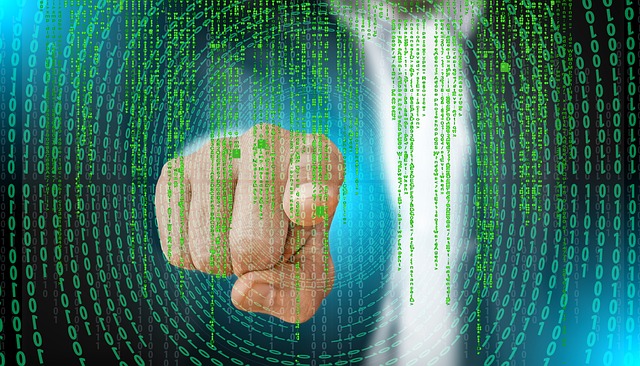
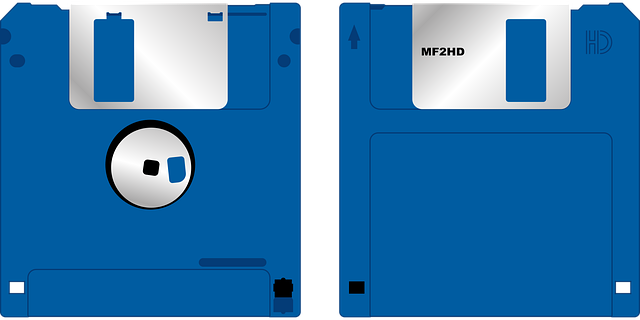
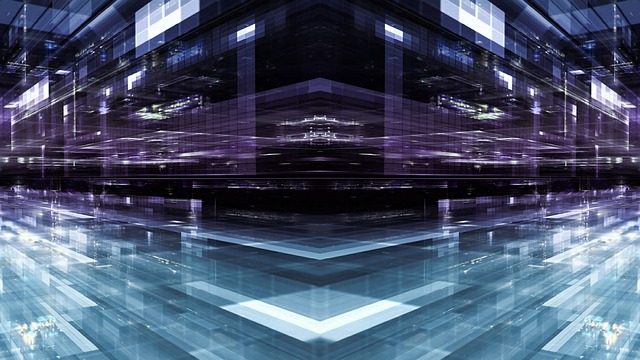



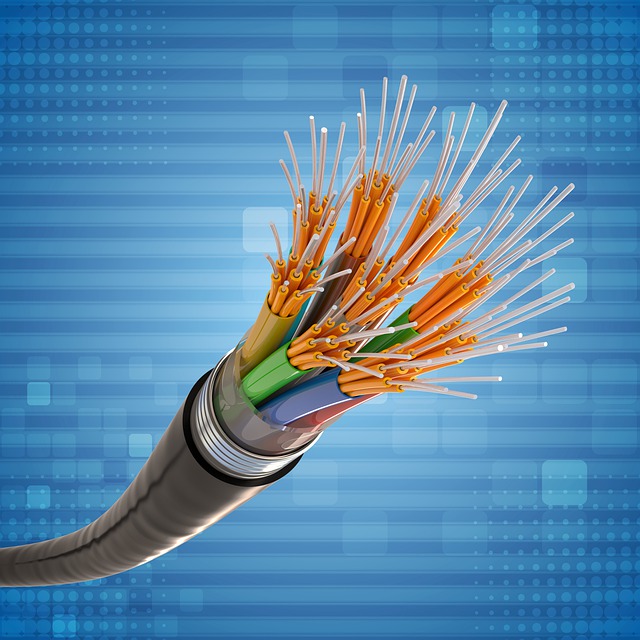
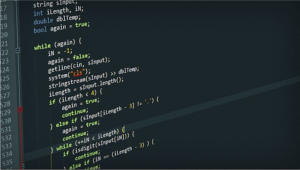









+ There are no comments
Add yours